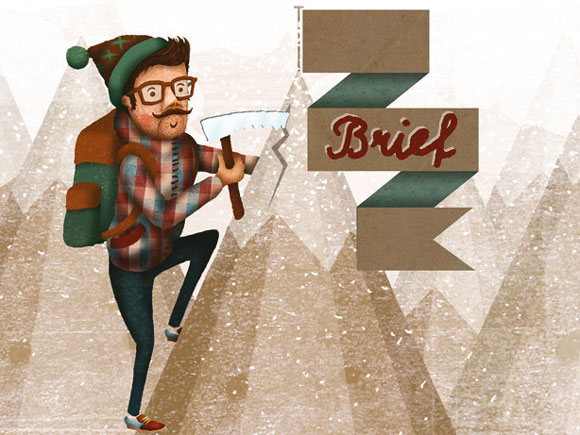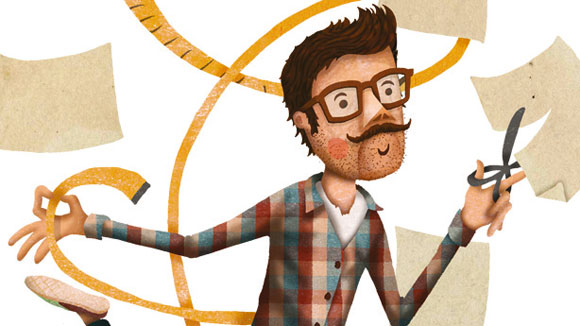10 quick tips to improve your design portfolio
Does your portfolio fully showcase your talents? Ensure your abilities are out there with these top tips.

We've pulled together our top 10 tips for dusting off a tired design portfolio and giving it a good spit-and-polish. For a more detailed look at portfolios, both online and off, read Create the perfect design portfolio: 30 pro tips.
01. All killer, no filler
Resist the temptation to bulk out your design portfolio with old or irrelevant examples of your work by having a thorough and ruthless clear out. And don't leave this until it's unavoidable.
02. Number of pages
You should aim to fill at least 20 pages of a physical folio, and at least 30 examples for an online space. You need to be able to show a healthy breadth of work together with a range of applications.
03. What's your job?
Only include design portfolio examples for a full-time position that are appropriate to the role. A creative director position, for instance, won't entail much artworking - if any at all - so don't include it.
04. All in the brief

Use annotations and notes to talk about your experience. Make it clear what the brief asked for in each portfolio example you include, and how you accomplished it.
05. All round experience
Employers don't just want to know you've got a good design eye. Then also want someone who understands budgets, meetings, deadlines. Make sure your portfolio shows you have these professional skills.
06. Case studies
Recommendations and real-life case studies go a long way in showing how professionally capable you are. Ask clients or employers for a recommendation, and write up case studies to accompany project.
07. Numbers, guides and bookmarks
Those viewing your portfolio - by whatever medium - will be pushed for time and energy, so make it easy to navigate by including page numbers and clear project titles for each portfolio example.
08. Getting to know you
Think critically and impartially about what your portfolio says about you. Is it too serious? Too flippant? Strike a balance that you believe shows off your qualities.
09. Tailor your examples

Tailoring is advisable. If a subset of your work is wholly irrelevant, or even poor by comparison, do you really want to be judged by it? If in doubt leave it out.
10. Self-starter
Self-initiated projects are certainly acceptable in full-time applications, and recommended for freelance work - especially for illustrators. But think about what other talents you might have as well. For instance, if you're a handy photographer or accomplished with coding, why not include examples of your shots or web designs? They're all more strings to your creative bow.
Illustrations: Simon Riviere
This feature first appeared in Computer Arts issue 192. Get more great advice in the FREE Portfolio Handbook: download it now!
Liked this? Try these…

Thank you for reading 5 articles this month* Join now for unlimited access
Enjoy your first month for just £1 / $1 / €1
*Read 5 free articles per month without a subscription

Join now for unlimited access
Try first month for just £1 / $1 / €1
Get the Creative Bloq Newsletter
Daily design news, reviews, how-tos and more, as picked by the editors.
The Creative Bloq team is made up of a group of design fans, and has changed and evolved since Creative Bloq began back in 2012. The current website team consists of eight full-time members of staff: Editor Georgia Coggan, Deputy Editor Rosie Hilder, Ecommerce Editor Beren Neale, Senior News Editor Daniel Piper, Editor, Digital Art and 3D Ian Dean, Tech Reviews Editor Erlingur Einarsson, Ecommerce Writer Beth Nicholls and Staff Writer Natalie Fear, as well as a roster of freelancers from around the world. The ImagineFX magazine team also pitch in, ensuring that content from leading digital art publication ImagineFX is represented on Creative Bloq.
